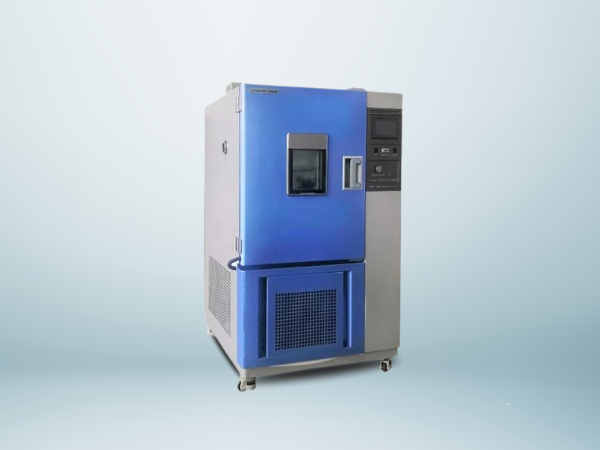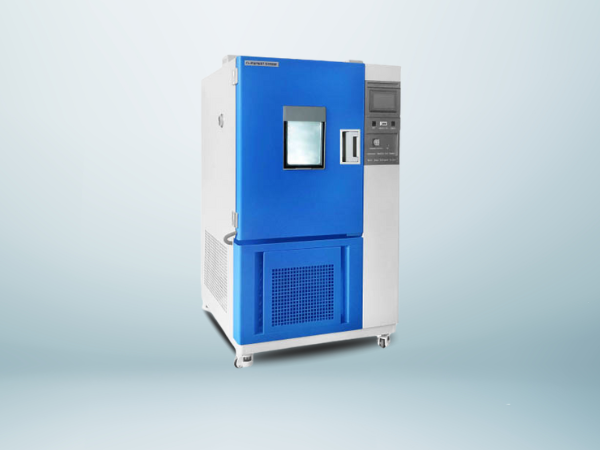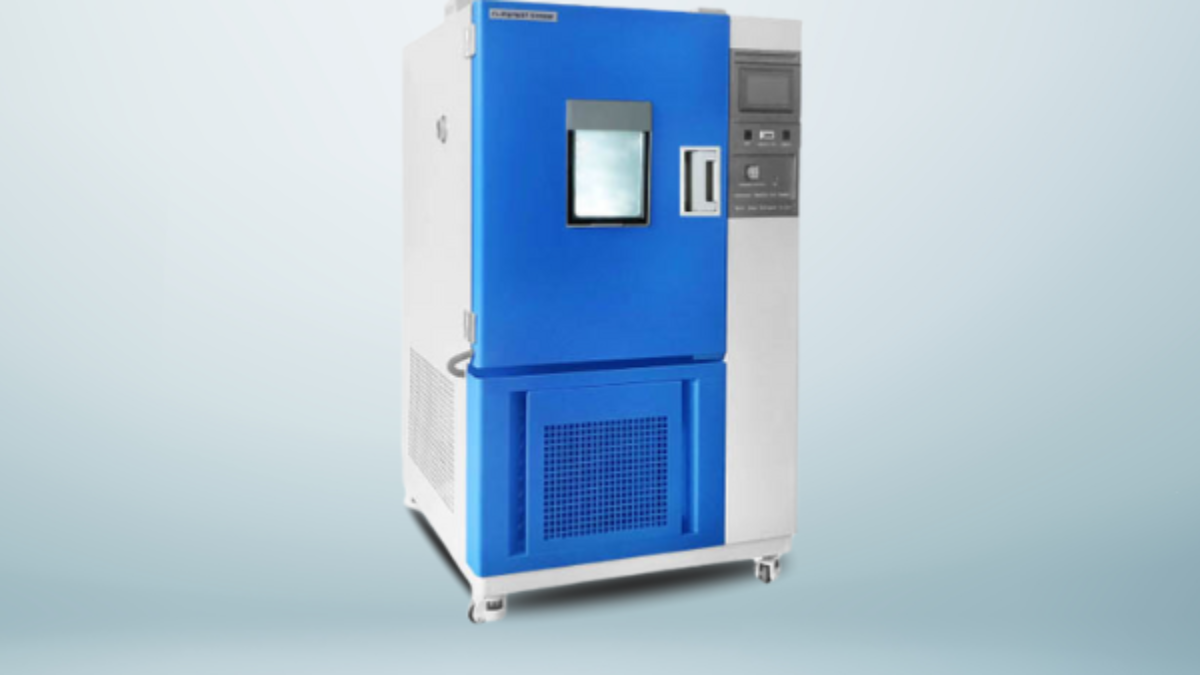Humidity, Temperature Cycling Testing As per standard IEC 60068
Enhancing Product Durability with Humidity and Temperature Cycling Testing (IEC 60068)
Introduction
- In the ever-evolving world of electronics, automotive, aerospace, and other high-performance industries, product reliability is a critical factor for success. Products are often required to function in a wide variety of environments—ranging from humid, tropical climates to frigid, arctic conditions. One essential way manufacturers ensure their products can withstand these conditions is through Humidity and Temperature Cycling Testing, performed according to the IEC 60068 standard. This blog explores how this testing process works, its significance, and why adhering to the IEC 60068 standard is crucial for product performance and durability.

What is Humidity and Temperature Cycling Testing?
Humidity and temperature cycling testing is an environmental stress test that simulates the challenges products face in the real world. It involves subjecting products to alternating periods of extreme temperature and humidity to assess their durability and functionality.
The IEC 60068 standard provides a globally accepted methodology for conducting this testing, ensuring that products tested under this framework can withstand diverse environmental conditions without compromising quality or functionality.
How the Test Works
The testing process involves subjecting products or components to cycles of fluctuating temperatures and humidity. The main objective is to simulate a product’s lifetime exposure to harsh conditions, compressing months or years of environmental stress into a much shorter time frame.
- Temperature Fluctuations: During testing, products are exposed to high temperatures, often followed by rapid cooling, simulating sudden environmental changes like moving from a hot day into a cold storage or transport environment.
- Humidity Variations: The product also experiences high levels of humidity during the testing phase. This ensures that any moisture ingress, which could affect electrical components or cause corrosion, is identified.
- Repeated Cycles: The test typically consists of multiple cycles, alternating between hot, humid conditions and cold, dry conditions. These cycles replicate day-night shifts, seasonal changes, or transportation through different climate zones.
Throughout the test, the product is continuously monitored for any signs of deterioration, such as warping, cracking, corrosion, or functional failures.
Why IEC 60068 is the Gold Standard
The IEC 60068 standard is internationally recognized for its rigorous and detailed approach to environmental testing. It covers various environmental stressors, including temperature and humidity, but also extends to vibration, mechanical shocks, and other physical stress tests.
The key benefits of using the IEC 60068 standard for humidity and temperature cycling testing include:
- Consistency: Ensures uniform testing protocols, enabling manufacturers and testing laboratories to obtain comparable results across different products and regions.
- Reliability: The standard defines precise testing parameters, including cycle duration, temperature ranges, and humidity levels, ensuring that products are tested under realistic conditions.
- Global Acceptance: IEC 60068 is recognized worldwide, ensuring that products tested under this standard can be certified for international markets.
Industries That Rely on Humidity and Temperature Cycling Testing
Many industries utilize this testing method to ensure their products can perform under extreme conditions. Key sectors that depend on humidity and temperature cycling testing include:
Automotive: Automotive components must endure temperature extremes in engine compartments, as well as high humidity in certain climates.
Aerospace: Aerospace components are exposed to high altitudes, extreme cold, and fluctuating humidity during flight and while grounded.
Electronics: Consumer and industrial electronics are often used in a range of environments, from the tropics to arctic zones, making testing for moisture and temperature stress essential.
Telecommunications: Devices like cell towers, routers, and other infrastructure must remain functional in various outdoor environments, making humidity and temperature testing crucial to avoid equipment failure.
The Testing Process: Steps Involved
- Sample Preparation: The product or component is pre-conditioned and placed inside a testing chamber.
- Cycle Programming: Temperature and humidity levels are pre-programmed to simulate the real-world environmental conditions the product is likely to face.
- Monitoring: During the test, engineers monitor the product’s performance, checking for any changes in structure, electrical performance, or mechanical integrity.
- Post-test Analysis: After completing the cycles, the product undergoes a detailed analysis to identify any weaknesses or areas of concern that might impact its longevity in the field.
Benefits of Humidity and Temperature Cycling Testing
By exposing products to these environmental stressors, manufacturers can:
- Identify Potential Failures: Detect early signs of failure or malfunction, allowing engineers to address potential design flaws before products are shipped.
- Extend Product Life: Ensuring that products are built to withstand fluctuating environmental conditions can lead to longer product lifespans.
- Reduce Warranty Claims: By thoroughly testing products beforehand, companies can reduce the chances of malfunction in the field, minimizing costly warranty claims.
- Ensure Regulatory Compliance: Adhering to standards like IEC 60068 helps manufacturers meet regulatory requirements for quality and durability, giving them a competitive edge in international markets.

Conclusion
- In an increasingly interconnected and globalized marketplace, manufacturers must ensure their products can survive and thrive in all types of environments. Humidity and temperature cycling testing, as per the IEC 60068 standard, is a powerful tool for ensuring durability, reliability, and performance under challenging conditions.

